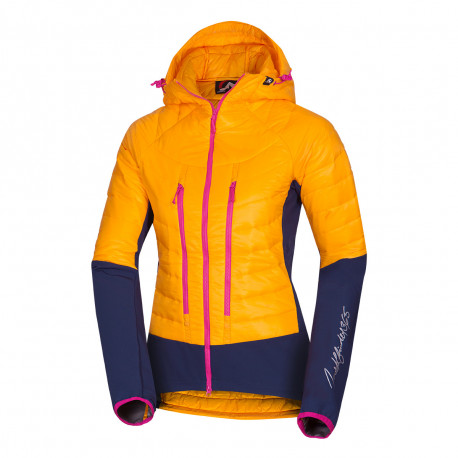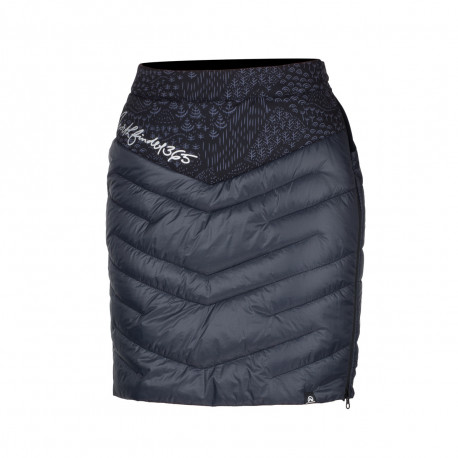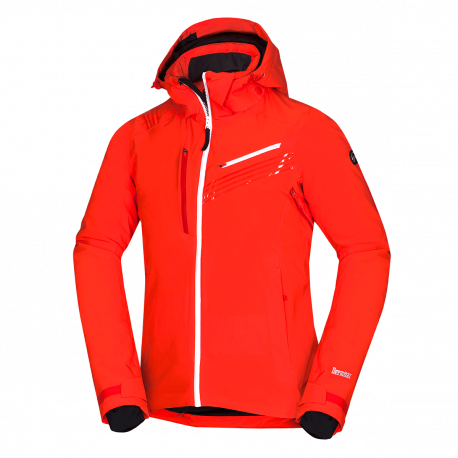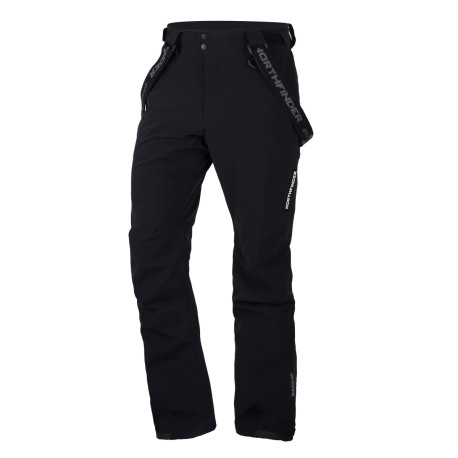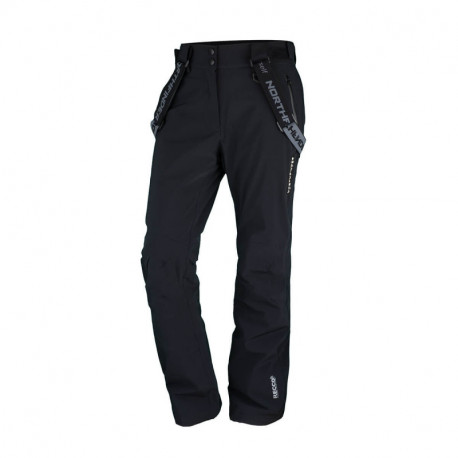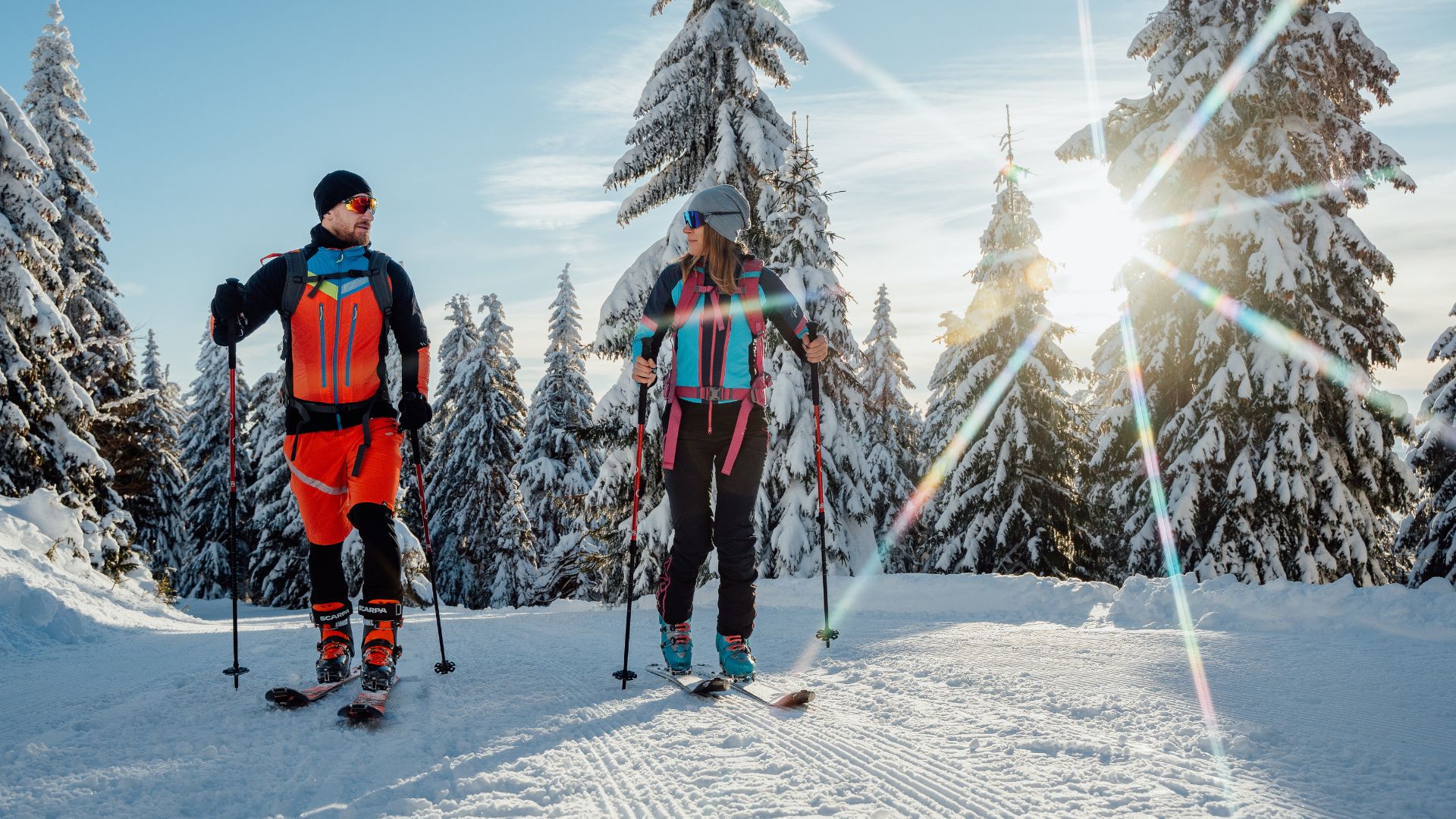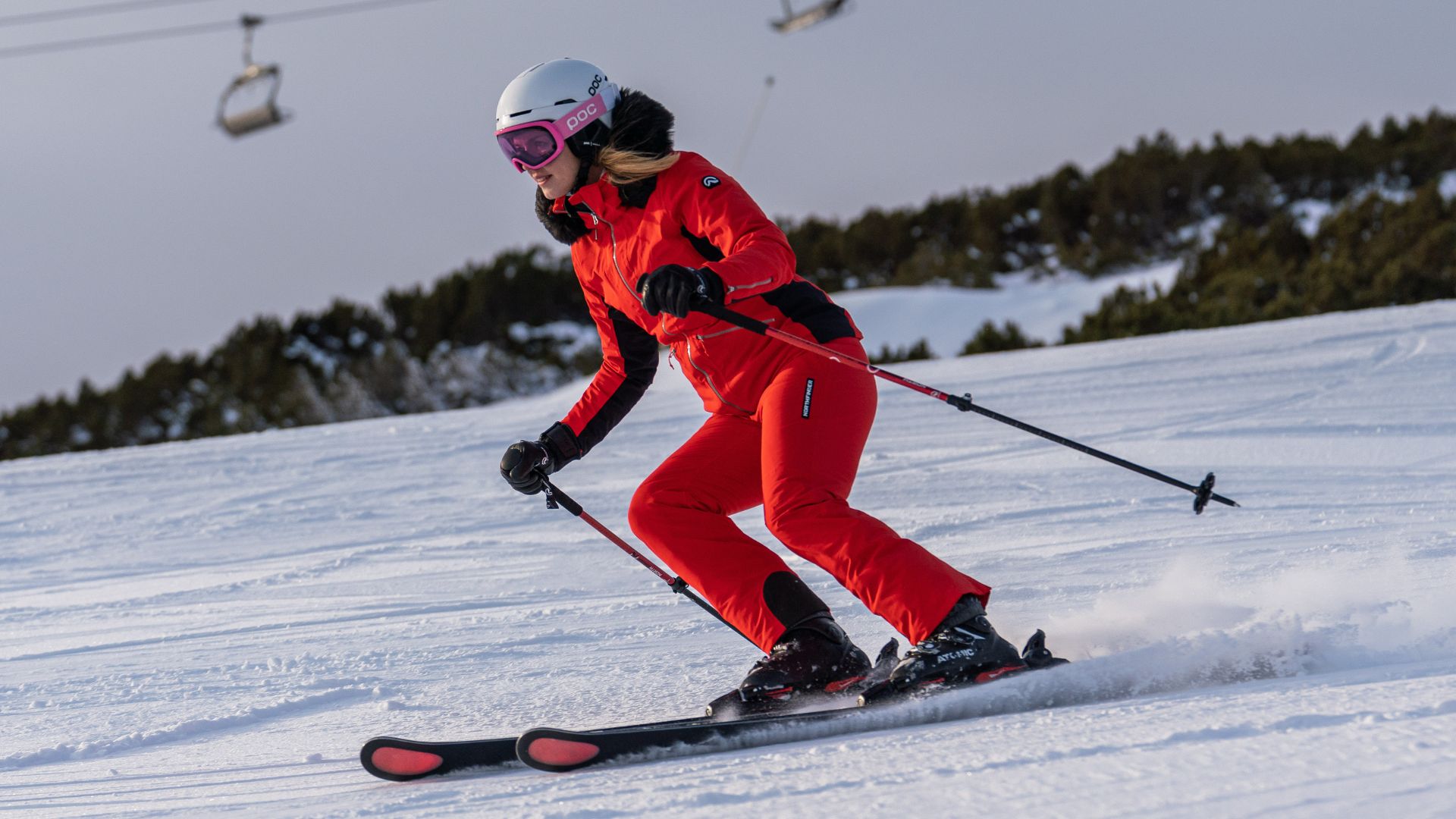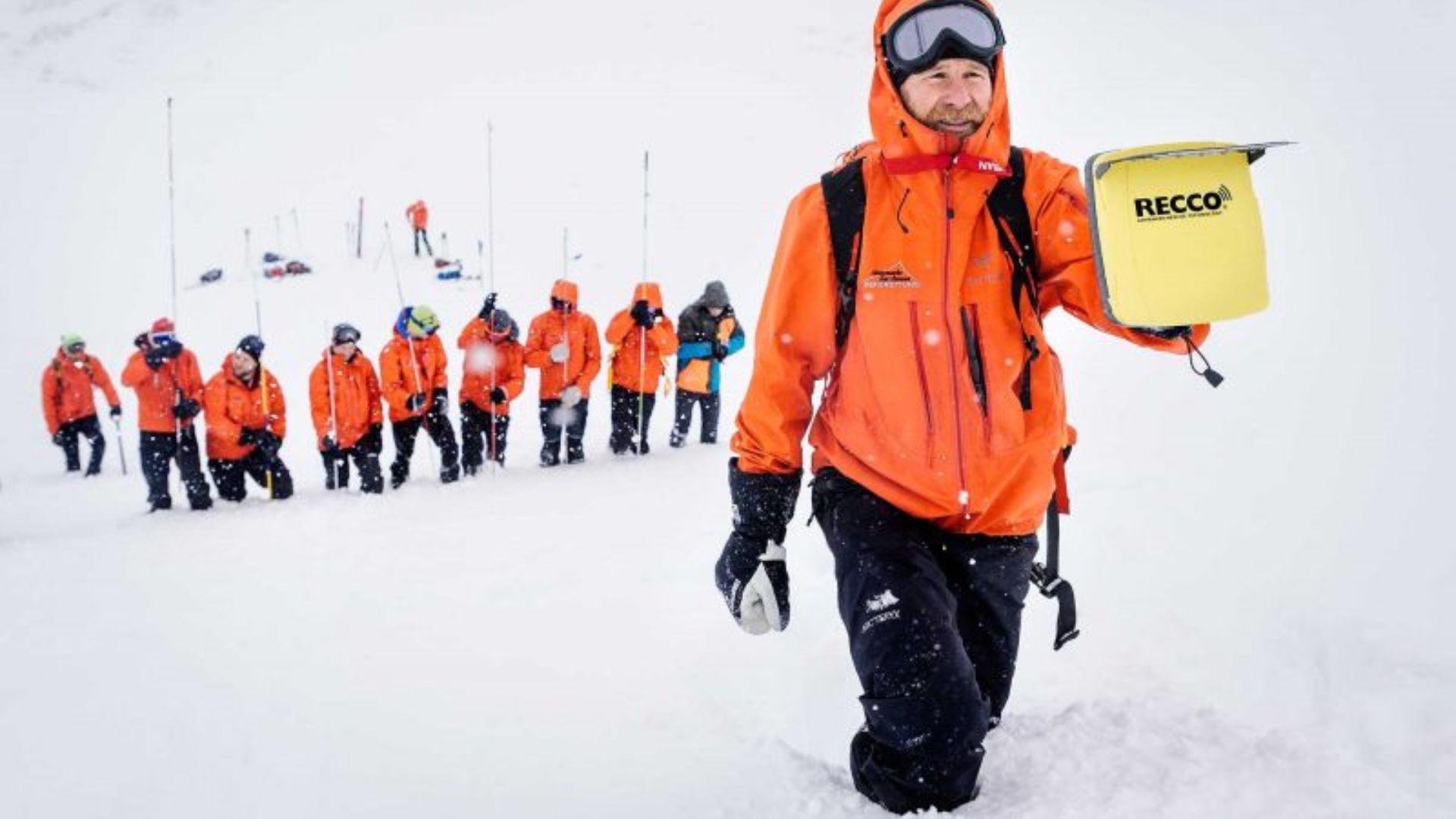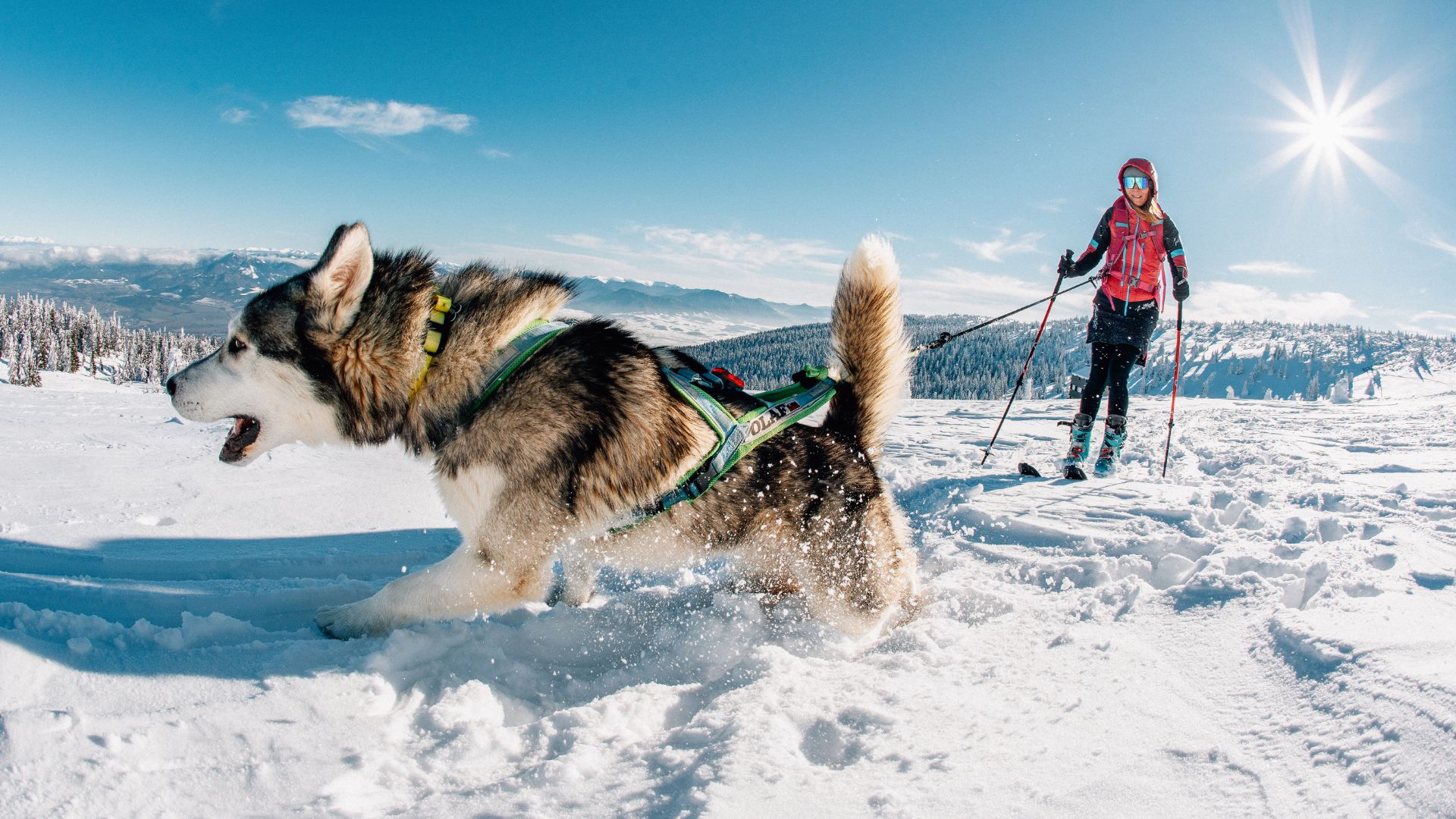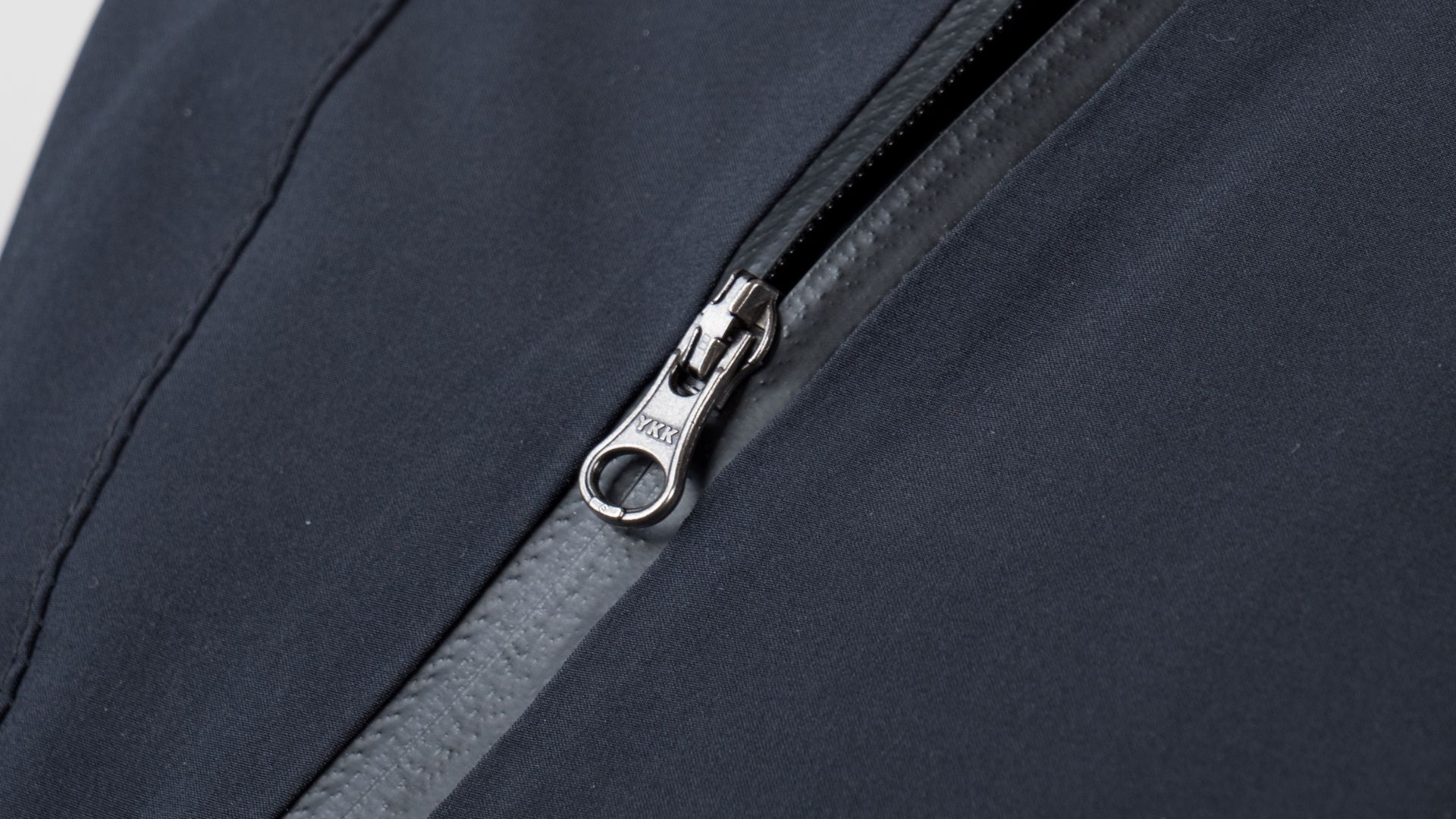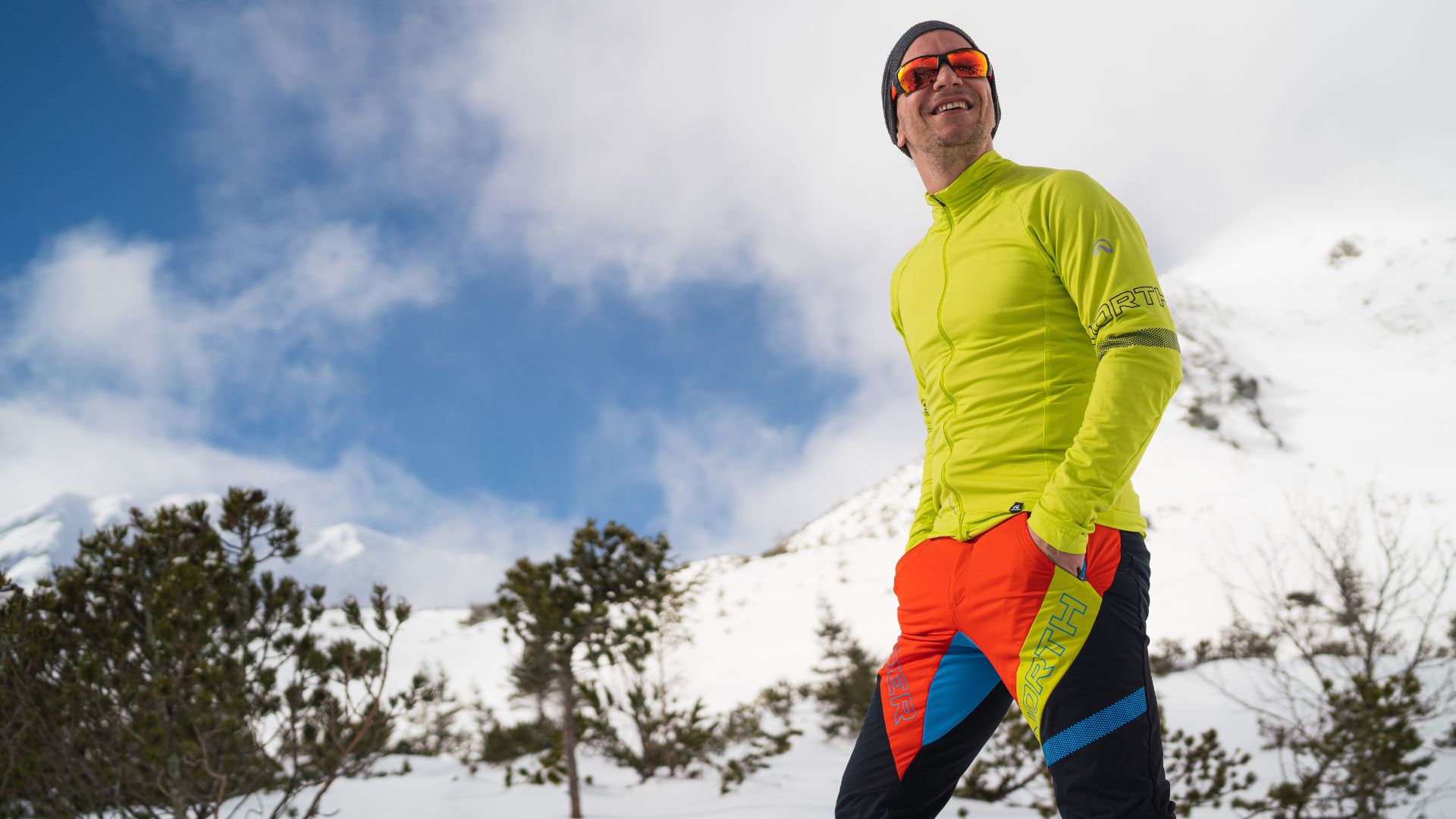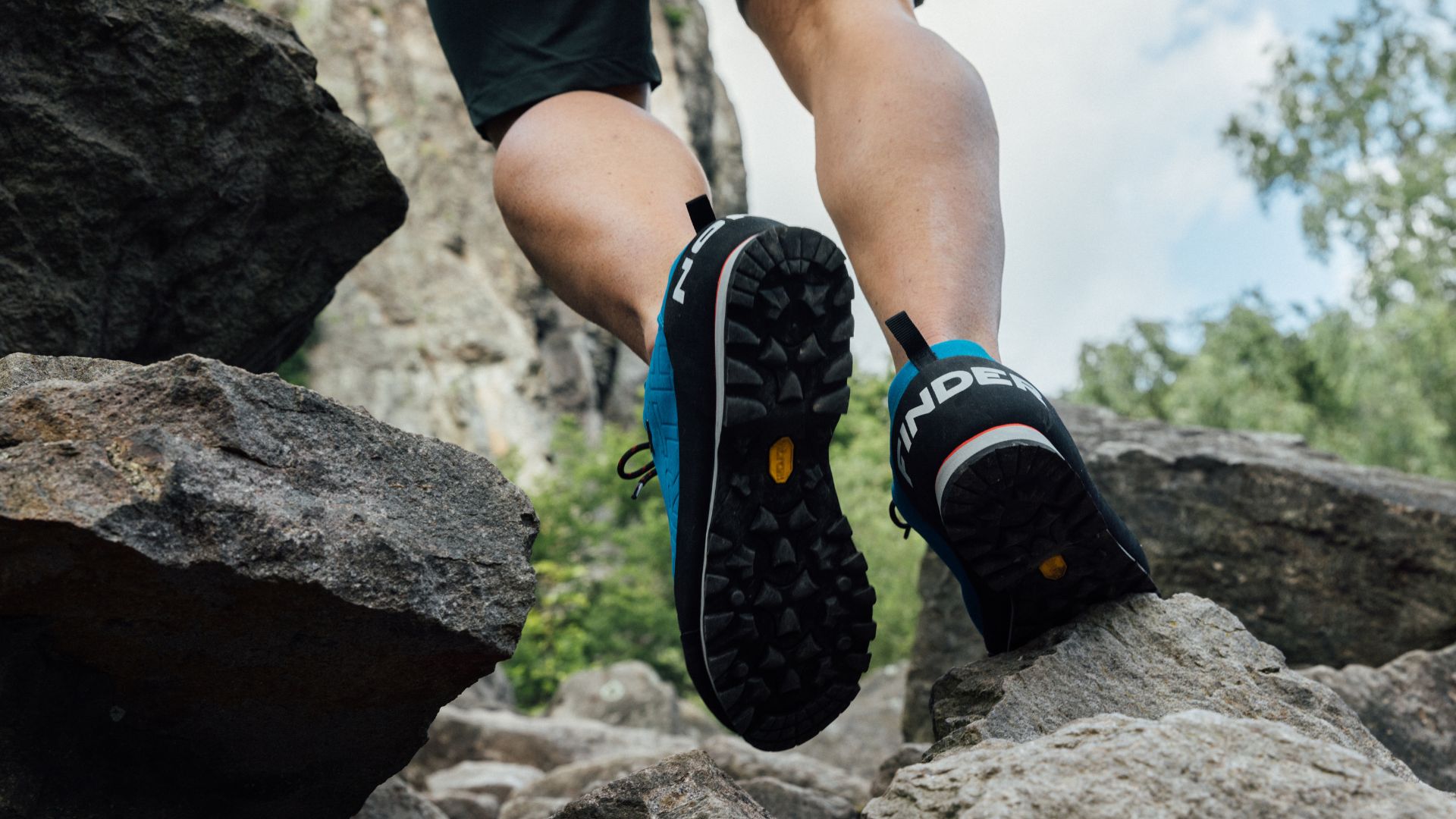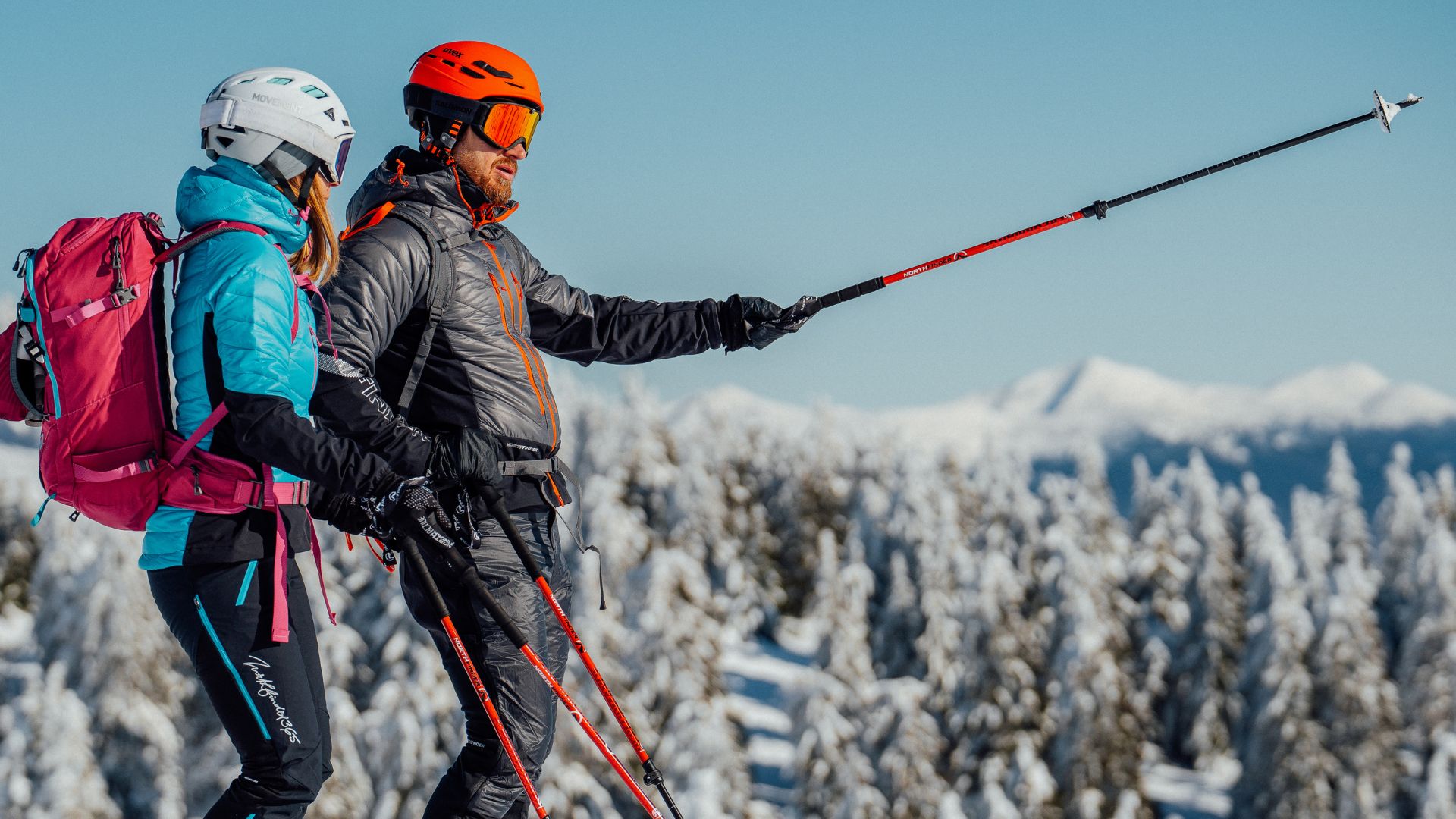Primaloft®: Down or synthetic fibres? When choosing an insulating layer, warmth is not the only factor
Nature knows what it's doing. Down feathers are clearly best for keeping warm. But if you want to avoid low temperatures and protect against moisture, rain and snow, you should rely on fibres that provide water resistance.


How does down work?
How does synthetic thermal insulation work?

Northfinder products with PrimaLoft® fibres
In the spirit of the slogan "always prepared", we cannot praise PrimaLoft® enough, but if you still can't decide between down and synthetics, you can also try the hybrid PrimaLoft® Down Blend, which combines synthetic water resistance with natural warm insulation.

How should I take good care of the insulating layer of my clothing?
Leave down jackets and jackets with the use of combined insulation with down in the hands of professionals. In the case of home care, wash clothes on gentle programmes using special detergents for this type of functional clothing and avoid fabric softeners. Ensure fluffiness of the filling by drying in a dryer with some drier balls. This will prevent the wet fluff from bunching up.
When choosing durable clothing, don't forget to make sure that in addition to a high-quality thermal insulation layer, the outer layer is also wind and water resistant. Wet fabric can damage the insulating properties and accelerate heat loss. For example, Northfinder likes to combine PrimaLoft® fibres with light and breathable Pertex® Quantum fabric, which excels in tandem with the insulating layer.


